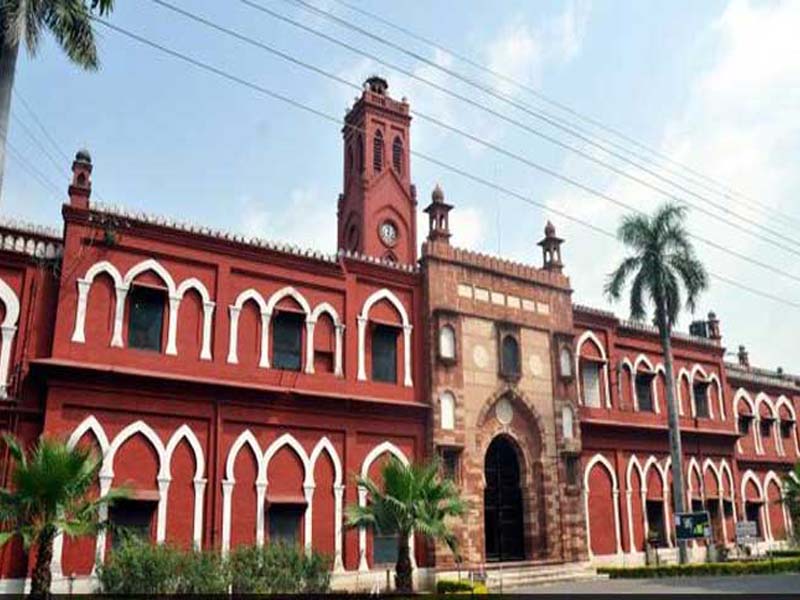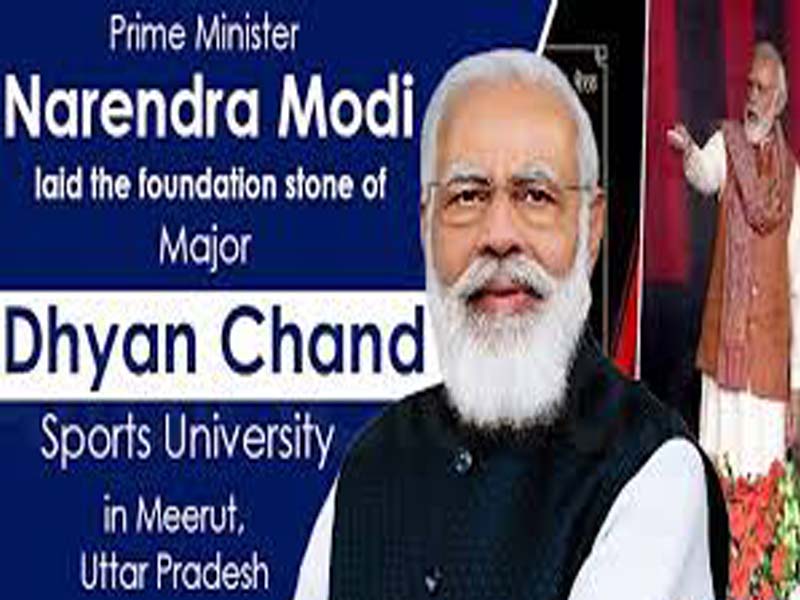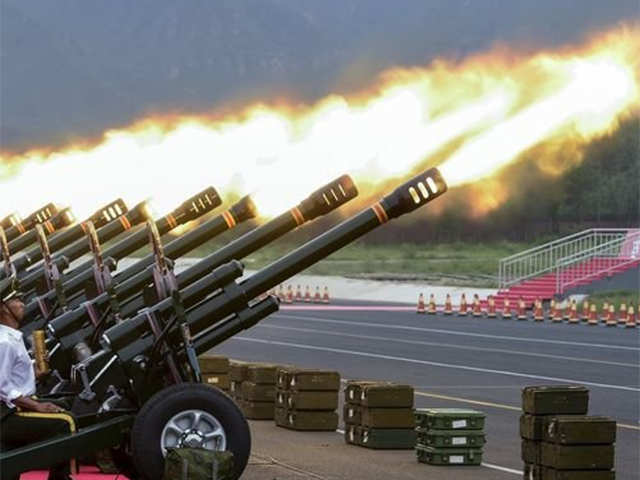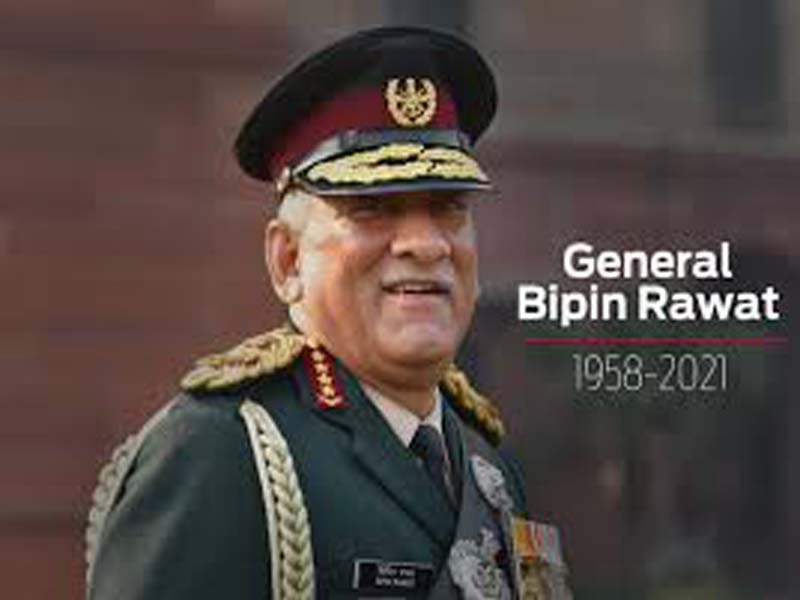Aligarh Muslim University: The Glorius Alma Mater
(By Manasi Agarwal)
What’s common among Dr. Zakir Hussain, Khan Abdul Ghaffar Khan, Sheikh Mohammad Abdullah, Ayub Khan (second President of Pakistan), Mohammad Amin Didi (first President of Maldives), HasratMohani, Saadat Hasan Manto, Naseeruddin Shah, Javed Akhtar, Prof Irfan Habib, Dhyan Chand, LalaAmarnath and Raja Mahendra Pratap Singh (Prince of Hathras& President of first Indian government in exile ”Hukumat-i-Moktar-i-Hind” in Kabul in 1915).
They all are alumni of Aligarh Muslim University (AMU). An alma mater, which is celebrating the centenary celebration of its establishment this year. AMU is the vision of a civil servant from Delhi during the British Raj Sir Syed Ahmad Khan.
The British decided to replace the use of the Persian language for government jobs and as the language of courts. Sir Syed foresaw the role of education in the empowerment of poor and backward Muslim communities and started schools at Moradabad (1858) and Ghazipur (1863) in the United Provinces (Uttar Pradesh). A Scientific Society was established in Aligarh in 1863 to instill a scientific temperament into the Muslims. In 1875, Sir Sayed founded the MadarsatulUloom in Aligarh and patterned the Muhammadan Anglo-Oriental College (MAO), which started functioning on 24 May 1875.
The education system of MAO was based on the British model. The MAO was the first purely residential educational institute set up either by the government or by the public of India. A school for girls was established in 1907. The Begum of Bhopal allocated a grant of rupees 100 per month for the education of women. An appeal was made to the public to contribute generously to the foundation of a Muslim College.
Then Viceroy and Governor-General of India and many Maharajas donated generously to the corpus. The 7thNizam of Hyderabad made a remarkable donation of rupees 5 lakhs in 1918. The contributions were made by Muslims as well as non-Muslims. The college was initially affiliated with the University of Calcutta for matriculating examination but became an affiliate of Allahabad University in 1885. Muslim University Association was formed around 1900 to drive the transformation of college into a university.
The Aligarh Muslim University was established by the Aligarh Muslim University Act 1920 with MAO as a nucleus. In 1927, the Ahmadi School for Visually Challenged was established and a medical school was attached to the next year. Ajmal Khan Tibbya College of Unani medicine was also established in 1927 which later on became Ajmal Khan Tibbya College and Hospital in 1932.
The Zakir Hussain College of Engineering and Technology was established in 1935 and Jawaharlal Nehru Medical College and Hospital was established in 1962 as a part of the university. Dental College, Institute of Ophthalmology, Food Craft Institute, Centre for South African & Brazilian Studies, and many more institutes were added with the university later on.
The AMU campus is spread over 467.6 hectares of land in Aligarh, Uttar Pradesh. It is a residential university with 27323 students enrolled as of today with 1342 teaching and 5610 non-teaching staff. The university now has 12 faculties comprising 98teaching departments, 3 academics, and 15 centers and institutes. There are 19 halls with 80 hostels. Sir Syed Hall is the oldest hall and MAO was started from here. There is also a mosque “Jama Masjid” on the university campus.
The university’s main gate is known as Bab-e-Syed (Syed Gate). It is Indo-Islamic architecture and the verses of the Holy Quran are scripted on it. The centenary gate, a replica of Bab-e-Syed was inaugurated by the Chancellor of the University on 17 October 2020, the Sir Syed Day. Sherwani is worn by male students and is a traditional attire of the university. The Tarana (anthem of the university) “Ye merachamanhaimerachaman, maiapnechamanka bulbul hoon……..” was penned down by its student Asrar-ul-HaqueMajaz in 1936 in his final year at the university and recited it for the first time in the Union Hall before Pro-Vice-Chancellor A. B. Ahmad Haleem. Another student of the university Ishtiaque Ahmad Khan created the tune of the Tarana in 1954 and was adopted as the official anthem of the university.
AMU has opened two new centers of study outside Aligarh in 2011 at Murshidabad (West Bengal) and Mallapurum (Kerala). The university also maintains one primary, seven High schools (including one for the visually challenged), and two Senior Secondary schools for boys and girls. Games and sports have been distinctive features of AMU. Many national and international players including legendary Dhyan Chand have studied in this university. It is the only university with a Horse Riding club. There are different centers to organize Drama, Hindustani & Western music club, Literary Club and Hobbies workshops, etc.
AMU was considered a minority institute for a long but a constitutional bench of the Supreme Court in 1967 held that the university is not a minority educational institution and it is open for everyone. In 1981, an amendment was made to the Aligarh Muslim University Act making it a minority educational institute. The Allahabad High Court struck down the provisions which accorded AMU a minority institution. A three-judge bench headed by then Chief Justice of India RanjanGogoiin 2019 referred the matter to a constitution bench of seven judges.
Whatever may be the status of the AMU, it is open to all and is mentioned in the Union List of the seventh schedule of the Constitution of India as an institution of national importance along with BHU and Delhi University. Prime Minister Narendra Modi addressed the centenary celebrations of the university on 22 December 2020. Union Education Minister Ramesh Pokhriyal, AMU Chancellor SyednaMufaddalSaifuddinand Vice-Chancellor Tariq Mansooralso attended the event. A special commemorative postal was also released by the Prime Minister.
The Prime Minister in his address said that AMU has crafted and polished millions of lives giving them modern and scientific thinking and inspiring them to do something for society. In the last 100 years, it has worked to strengthen India’s relations with many countries of the world. The contributions made by AMU during the coronavirus pandemic were unprecedented by getting people tested for free, building isolation wards, the start of plasma bank, and providing hospital beds. Prime Minister congratulated AMU as 35% of students are female. Last but not least the Prime Minister said that AMU represents India’s rich culture and heritage. There is a mini India among different departments, dozens of hostels, thousands of teachers and professors. The diversity is not only the strength of this university but also of the entire India.










